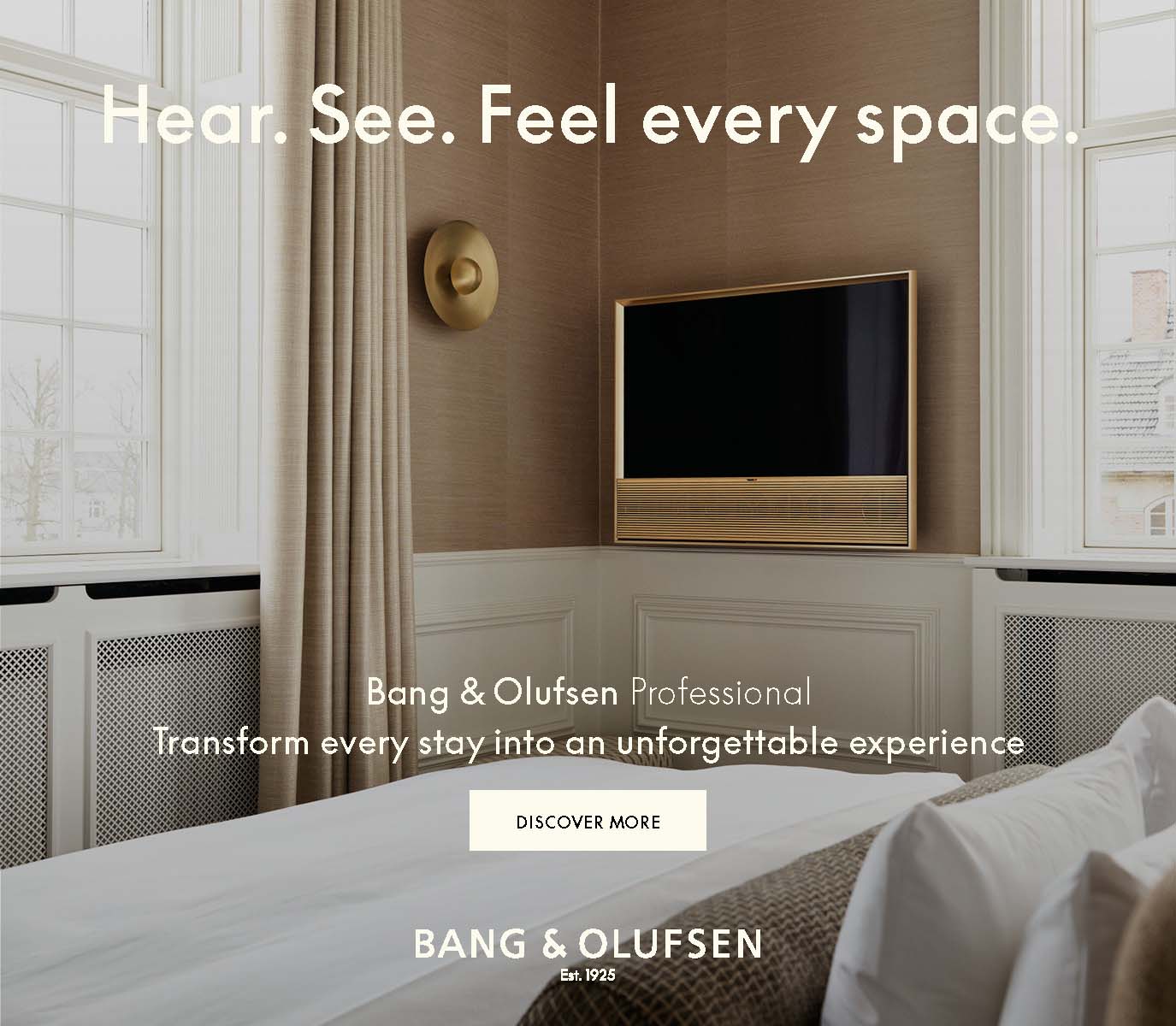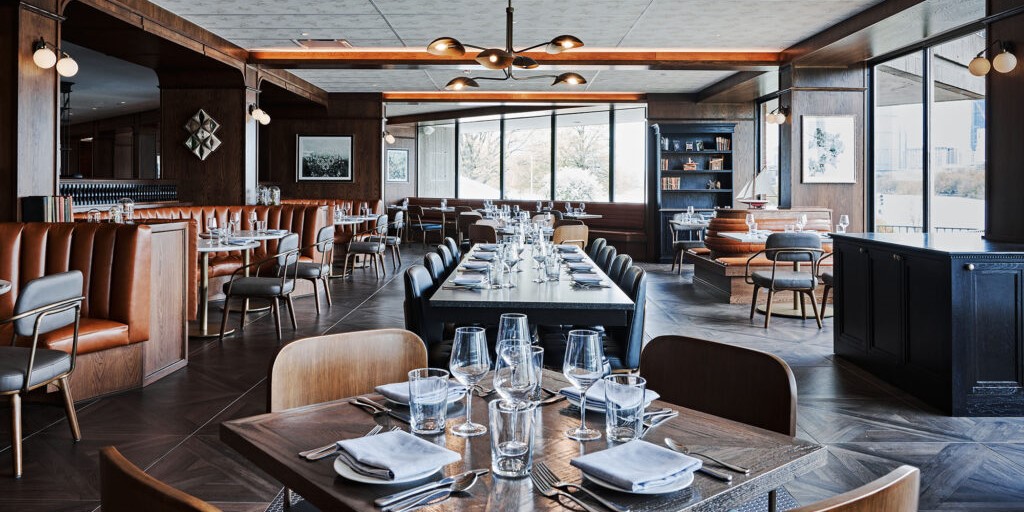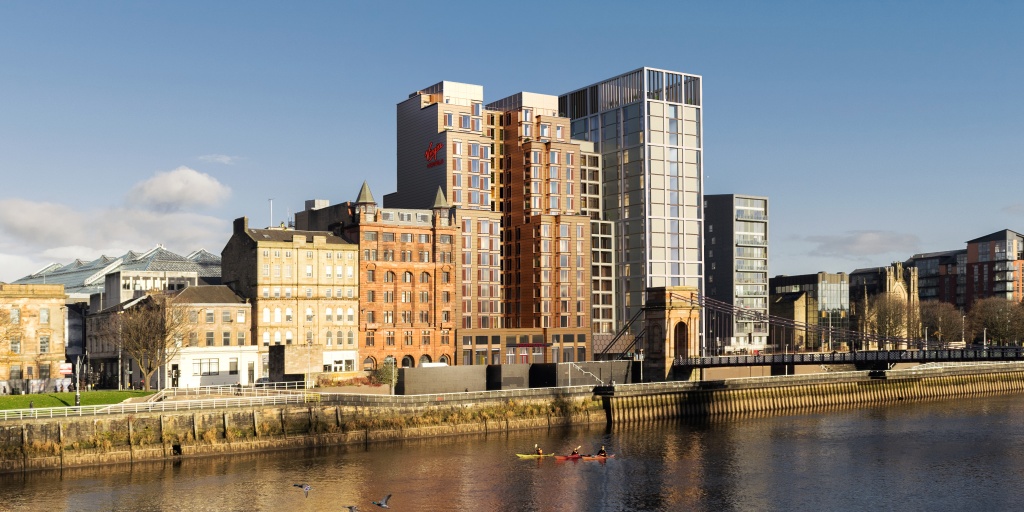For our latest TOPHOTELDESIGN exclusive, Graeme Labe, principal and managing director at Luxury Frontiers, reveals all about the design firm’s work on a spectacular desert retreat.
Opened in July 2020, Camp Sarika comprises ten Luxury Frontiers-designed one- and two-bedroom Tented Pavilions, plus a Selldorf Architects-designed Commons Building featuring a shared dining pavilion and spa pavilion. The scheme offers guests unforgettable back-to-the-wild experiences just a short hike away from its sister property, the Amangiri resort at Canyon Point, Utah.
How did you come to be involved with the project?
Canyon Equity, the owners of Amangiri, contracted Luxury Frontiers to review an existing tipi tent that had been designed for the site. During the site visit, the brief grew from the tipi assessment into developing and designing a full tented camp.
What was the design brief from the client?
Canyon Equity had a strong vision and saw the potential of a tented camp in the stunning landscape of southern Utah. They were looking for a design solution that would be the first-ever North American all-weather, year-round camp that would give guests a unique and intimate experience.
How did you go about delivering the client’s brief?
The first initiative was analysing the site and its conditions to understand the temperature variations, wind loads, site lines and general local context. While Camp Sarika is located on the same property as its sister property Amangiri, it was imperative that there would be no visual connection between Camp Sarika and Amangiri Hotel and vice versa. Once we had established the site, we researched the best use of materiality and a design to fulfil these criteria.
What were your main sources of inspiration when designing the project?
Without a doubt, the primary source of inspiration was the setting and the landscape of the magnificent site in Southern Utah. We went out of our way to ensure that we did not compete with it, but instead ensured that the development, design and tents fitted in seamlessly.
What are the most innovative aspects of the project?
The engineering solutions are among the most innovative aspects and the considerable tent membrane’s ability to withstand the snow and wind conditions. Our team invested a lot of research into the different layering of materials selected to withstand the potentially harsh conditions technically, but also their simplistic beauty, which allowed the tents to fit in beautifully within the landscape.
We felt that the tent shape rather than the colour was the more striking element. Consequently, we tried to keep the colours as muted as possible, not to compete with the landscape but rather to integrate it into this landscape. It’s this combination of both the aesthetic and the performance that is most innovative.
Which element of the project’s design are you most proud of?
The element of Camp Sarika’s tent development and design that I am most proud of is the tent membrane’s undulating form and how seamlessly it integrates into the landscape.
What was the biggest challenge with the project?
One of the biggest challenges of this project was that we produced the membranes, fabrics and tented portions for Camp Sarika in South Africa, while we implemented the framing and actual construction onsite in the US in a relatively remote part of the country. Fusing both processes was a challenge, but we were able to make it work effortlessly. I am proud of this achievement.
How long did you work on the project in total?
The project took four years from inception to completion. We constructed a mock-up unit, which was checked by the ownership, the design team and the operator multiple times, which allowed us to iron out any issues and design the tented pavilions that are in place today.
Has the finished project lived up to expectations?
The project has not only lived up to our expectations, but has exceeded them. The feedback and reaction from the market have been phenomenal.
How would you sum up what this project has achieved?
This project has set new standards in experiential hotel offerings in North America, both from a technical and an aesthetic perspective. I believe Camp Sarika has opened opportunities for new types of hotel offerings.
For more info, and to view an extensive gallery of hi-res images, check out the Camp Sarika project page on the TOPHOTELDESIGN website.
Related Articles

Luxury Frontiers is an international expert in the design and development of sustainable and experiential resorts, lodges and camps.






